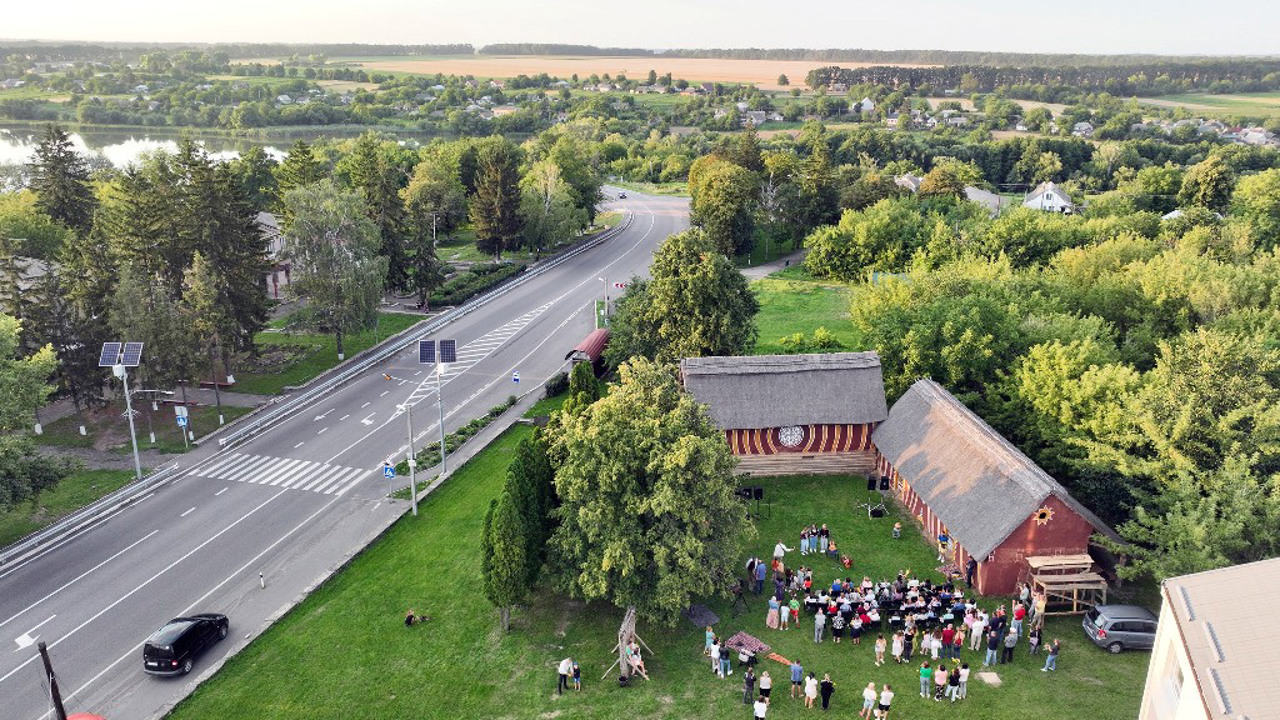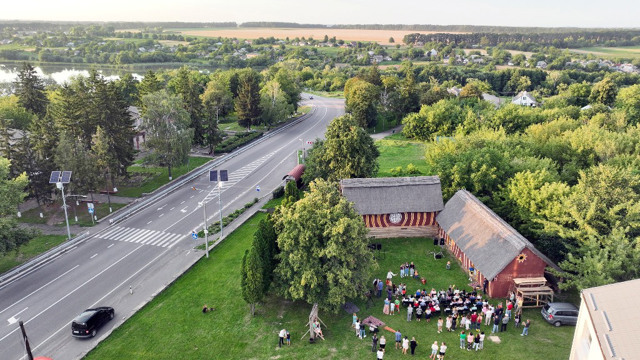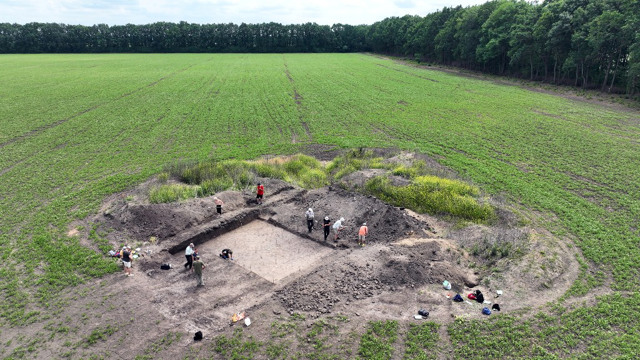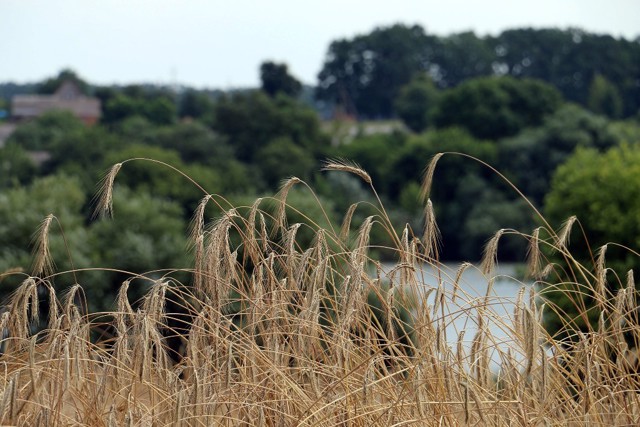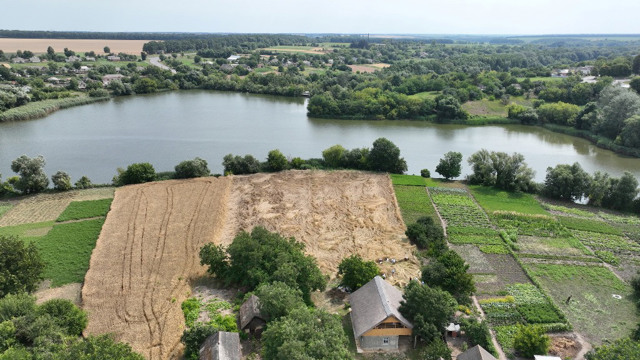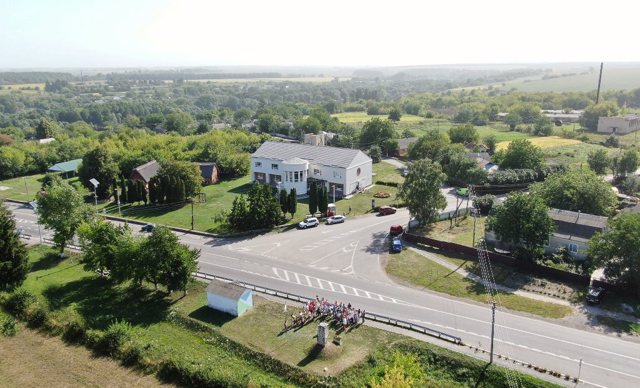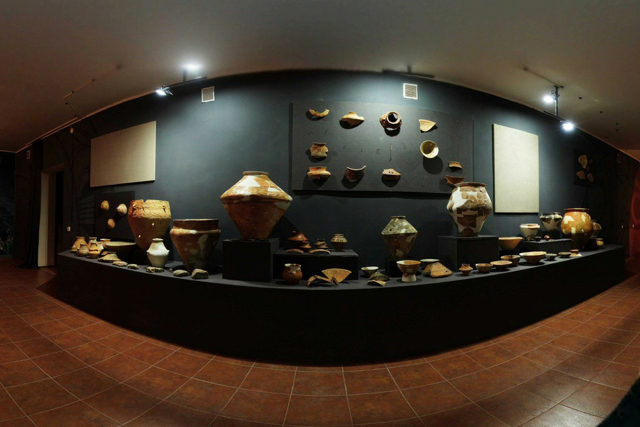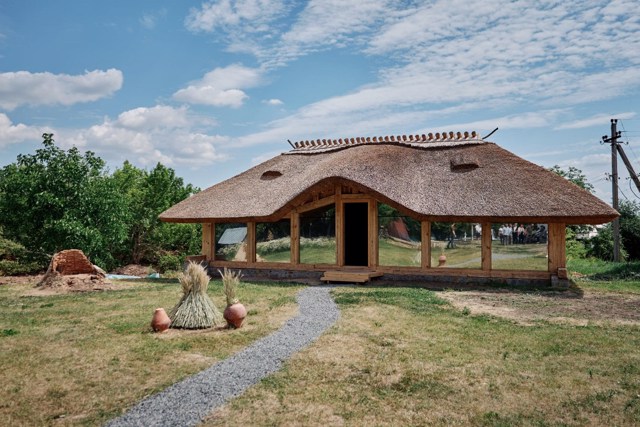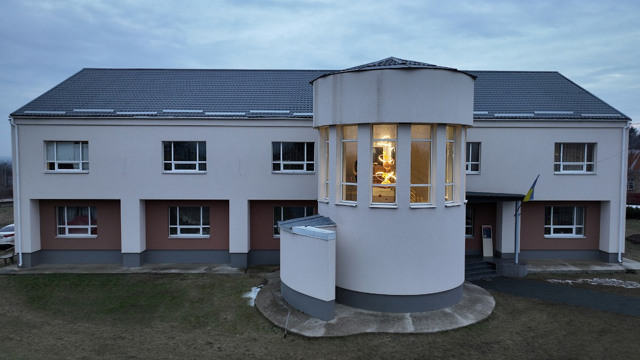Functional temporarily unavailable
General information about Lehedzyne
The village of Lehedzyne is located on the N-16 highway between Uman and Talne. Administratively, it is part of the Talne urban hromada of Zvenyhorodka district of Cherkasy region.
The history of Lehedzyne dates back to the 18th century. According to legend, the name comes from the name of the Cossack Leheida, who founded the farm. A wooden church was built in 1763. For a long time, the village was owned by the Dzerzhanskys, later the Nykorovychs.
In 1920, Lehedzyne was the center of the anti-Bolshevik uprising led by Colonel of the Directorate's troops Petro Dereshchuk. During the Holodomor, 500 residents died.
A series of Scythian mounds stretch from Legedzine towards Svinarka, on one of which a monument is erected to the soldiers of the Separate Kolomyia Border ...
The village of Lehedzyne is located on the N-16 highway between Uman and Talne. Administratively, it is part of the Talne urban hromada of Zvenyhorodka district of Cherkasy region.
The history of Lehedzyne dates back to the 18th century. According to legend, the name comes from the name of the Cossack Leheida, who founded the farm. A wooden church was built in 1763. For a long time, the village was owned by the Dzerzhanskys, later the Nykorovychs.
In 1920, Lehedzyne was the center of the anti-Bolshevik uprising led by Colonel of the Directorate's troops Petro Dereshchuk. During the Holodomor, 500 residents died.
A series of Scythian mounds stretch from Legedzine towards Svinarka, on one of which a monument is erected to the soldiers of the Separate Kolomyia Border Commandant's Office and service dogs who died in the war. Gothic burials from ancient times have been discovered.
Between the villages of Legedzine and Talyanki, a large Trypillian settlement of the 3rd millennium BC is being explored, on the basis of which the State Historical and Cultural Reserve "Trypillian Culture" was created in 2003.
Село Легедзине розташоване на трасі Н-16 між Уманню та Тальним. Адміністративно входить до складу Тальнівської міської громади Звенигородського району Черкаської області.
Історія Легедзиного ведеться із XVIII століття. За переказами, назва походить від імені козака Легейди, який заснував хутір. У 1763 році було збудовано дерев'яну церкву. Довгий час село було у власності Дзержанських, згодом Никоровичів.
1920 року Легедзине було центром антибільшовицького повстання під керівництвом полковника військ Директорії Петра Дерещука. За час Голодомору загинуло 500 мешканців.
Від Легедзиного у бік Свинарки тягнеться низка скіфських курганів, на одному з яких встановлено пам'ятник бійцям Окремої Коломийської прикордонної комендатури та загиблим на війні службовим собакам ...
Село Легедзине розташоване на трасі Н-16 між Уманню та Тальним. Адміністративно входить до складу Тальнівської міської громади Звенигородського району Черкаської області.
Історія Легедзиного ведеться із XVIII століття. За переказами, назва походить від імені козака Легейди, який заснував хутір. У 1763 році було збудовано дерев'яну церкву. Довгий час село було у власності Дзержанських, згодом Никоровичів.
1920 року Легедзине було центром антибільшовицького повстання під керівництвом полковника військ Директорії Петра Дерещука. За час Голодомору загинуло 500 мешканців.
Від Легедзиного у бік Свинарки тягнеться низка скіфських курганів, на одному з яких встановлено пам'ятник бійцям Окремої Коломийської прикордонної комендатури та загиблим на війні службовим собакам. Виявлено готські поховання античних часів.
Між селами Легедзине і Тальянки досліджується велике трипільське поселення ІІІ тисячоліття до нашої ери, на основі якого у 2003 році створено Державний історико-культурний заповідник "Трипільська культура".
Сплануй своє перебування у Lehedzyne
What to see and where to go in Lehedzyne
Tourist attractions and museums of Lehedzyne
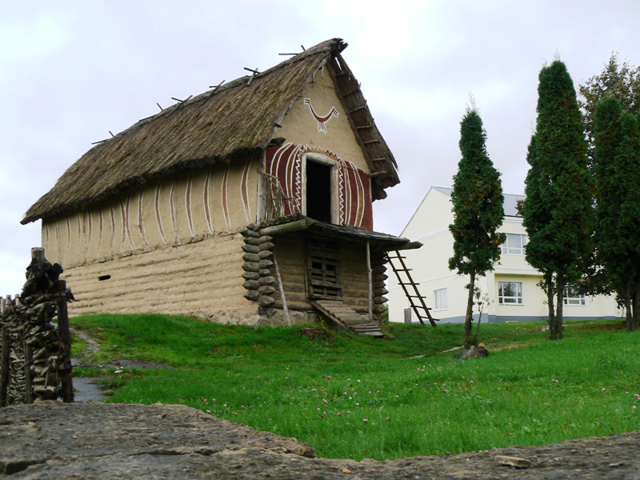
Historical and Cultural Reserve "Trypillian Culture"
Museum / gallery , Archaeological site
The giant Trypillia settlement, on the basis of which the State Historical and Cultural Reserve "Trypillian culture" was created in 2003, is located between the villages of Lehedzyne and Talianky. Belongs to III-IV millennia BC. It occupies an area of 450 hectares.
It was the largest known human settlement of that time - up to 15,000 people lived here. Up to 3,000 wooden houses of Trypillyans were located in concentric circles, which were surrounded by a protective rampart.
Currently, the reserve includes 11 hillforts within the Cherkasy region.
In Lehedzyne, the Museum of Giant Settlements was created, where Trypillia ceramics and other finds are presented. The creation of an open-air museum (open-air museum) is underway, where visitors can already live in reconstructed Trypillia houses and take part in archaeological excavations.
Lehedzyne in news and blogs
Reviews Lehedzyne
Geographical information about Lehedzyne
| {{itemKey}} | {{itemValue}} |
|---|---|
| Region |
Cherkasy |
